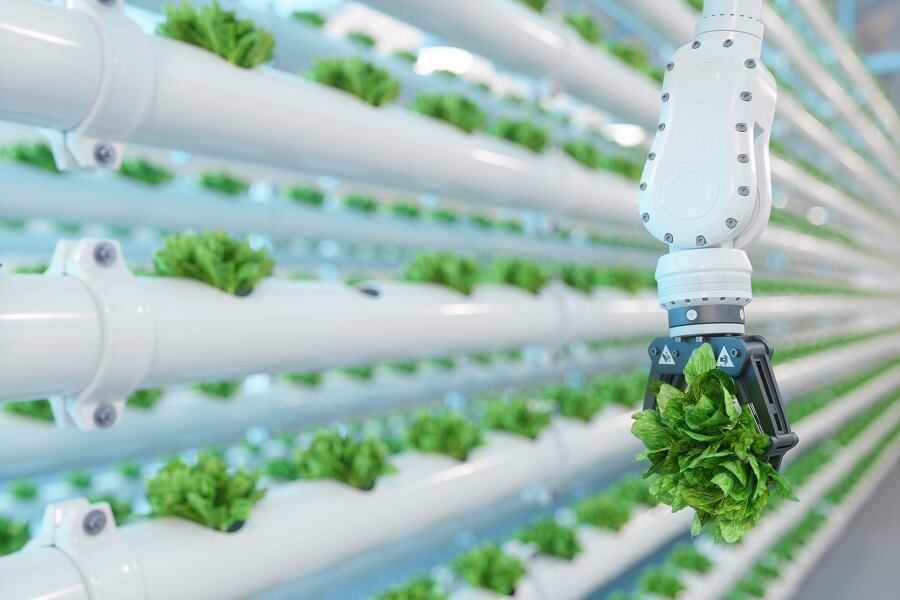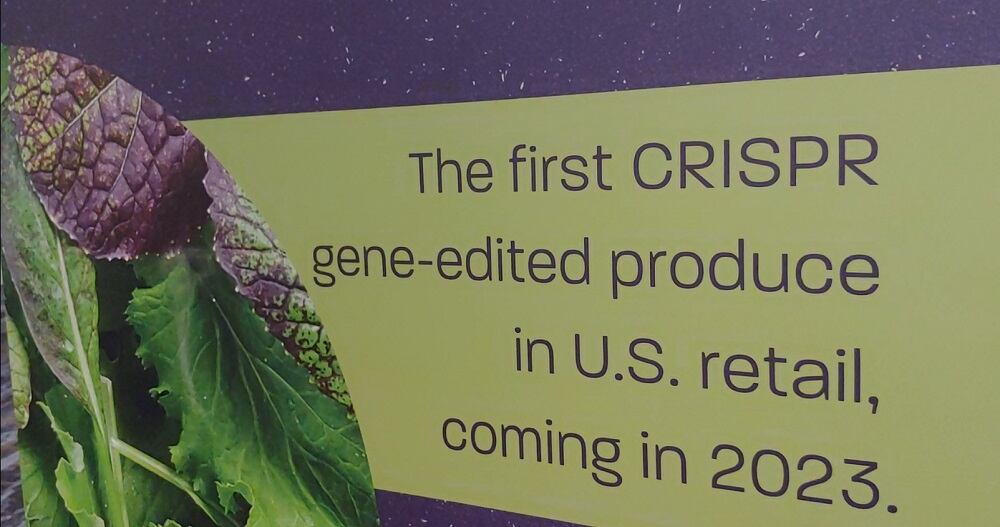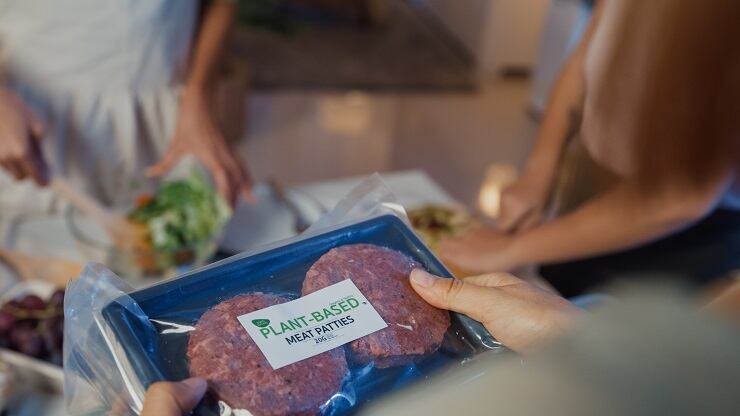AI’s use in food and beverage is big business, according to Mordor Intelligence data. With an expected valuation of $7 billion in 2023 to $35 billion by 2028 with a compound annual growth rate of 38.3% during the forecast period, its use in supply chain management, R&D and marketing are pushing the industry into a new era of precision, automation and efficiency.
But to effectively leverage this potential, AI's frequent use in food science and research must begin with high-quality data and clearly defined objectives, Peihua Ma, PhD, postdoctoral researcher, University of Maryland, College Park, explained.
Ma encourages the industry to “find the real goals,” before implementing AI tools and first clarifying goals and building multidisciplinary teams with AI expertise.
“Maybe [you want to] optimize the full package design. Maybe you want to improve the visibility of your products, or maybe you want to improve the materials for those packaged products. You can do more to clarify the goals and objectives…not just use AI for the sake of using AI,” Ma elaborated.
While consumers seek transparency around ingredients, sourcing and health benefits, communicating AI transparency through clear, relatable language will also be essential in fostering consumer trust.
“You could make [AI] understandable for consumers, for scientists and also for companies [on] how it works, what are the decisions made behind the tools that would increase our trust and [how] that would help in incorporating these technologies. What I see is we could use and promote the use of these new technologies [to help] us make decisions and not trusting the tools to make decisions for ourselves,” emphasized Hasmik Hayrapetyan, PhD, scientist, Food Technology at Wageningen Food & Biobased Research Institute.
Trust as a metric on food safety
According to Edelman’s 2022 Trust Barometer data, overall trust in the food and beverage industry is slightly up, with a difference of nine points globally between low-income and high-income people of 62% and 71%, respectively. The US was among the lowest scoring, down six points since 2021, along with Germany and France. Which brings the question—how can the industry build and measure trust, particularly around trending topics like automation, AI and cell-cultured meat?
“Trust is one of the most important metrics that any business and food ingredient makers should be looking at, explained,” said Alison Borgmeyer, MS, RD, chair, US food and beverage, Edelman.
While food scientists and technologists understand how to produce these technologies, the challenge continues in translating that technical knowledge to the public in a transparent manner.
"If you're talking about topics that your end consumer has to deal with via…these terms get thrown around in a very scientific context. Ultimately, people leave with skepticism,” Borgmeyer added.
The language used in communicating about ingredients and technologies plays a significant role in consumer perception, explained Kris Sollid, RD, senior director nutrition communications at International Food Information Council.
Using terms like "artificial" can evoke negative connotations, emphasizing the importance of effective communication to bridge the gap between scientific terminology and consumer understanding. Ultimately, Sollid poses the question:Wwhat is the intent of using this terminology? Highlighting the blurred lines between technical terminology and its potential to mislead the public’s perception.
“These words have connotations that engage with consumers. What do sweeteners, artificial [and] natural mean to the food scientists?” he asked.
Using the recent news about aspartame’s safety as an example, Sollid highlighted clear and quick communication as a critical tool for sweetener developers to engage with the public in an authentic, reliable way, and ultimately building transparency and trust.
“If you're a company who makes products using aspartame or other sweeteners, one thing to be considered in increasing trust with consumers is [the] willingness to speak about it. Speak about the topic and do so quickly. Because there's a narrative that's created up there if you do not, other people will be speaking about it and they will fill that void,” Sollid emphasized.
He added, “You have to understand how consumers feel, and what they want to learn and how much information they need to know. And then respond to that in real time, transparently [and] quickly.”
Ingredient safety messaging from government organizations requires the public to “put that in context,” Borgmeyer insisted. This context can be further clarified by communicating the intrinsic link between toxicity and dosage and through companies “standing behind the science that we know is true to keep the trust there for the end consumer,” she added.




![[Video] Using data, IoT to unlock retail efficiencies, Wiliot exec shares perspective](https://www.foodnavigator-usa.com/resizer/v2/Q4FRQS26Y5MVTOZNP7FO4ASYVE.png?auth=5c39e11723a3d254c0f8b96fb8a3d0b4ffe13e71c255b8a4f3e8153e4ee764f7&smart=true)